Ron, I understand what you mean, but cavalry were probably the highest trained military formations of the day, and followed either the Dutch (trotters) or the Swedish (gallopers) models of training. Horses were also acclimatised to gunfire before being taken into front line service. Behaving to type is exactly the point of this training. Not saying what you describe didn’t happen, but that military discipline was designed to minimise it as much as possible.
These tactics were considerably different to the flat out gallop with sabres swinging cavalry charges most of us are familiar with from Napoleonic and Crimea war battles, by the way. Those tactics developed from experience derived from this war, amongst others.
Trotters advanced (usually six ranks deep) at a fast trot to within pistol shot range of the enemy, discharged their pistols and wheeled away so that the next rank could then fire. When all ranks had fired they drew swords and rode into contact with the enemy at a fast trot, keeping formation knee to knee.
Gallopers did charge (three ranks deep) in at a faster pace, but, they didn’t use swords until after contact. Again they charged knee to knee, sometimes literally locked together to maximise shock. At the point of contact they fired their pistols into the enemy, then drew swords to fight hand to hand. Galloper tactics became more common as the war progressed because it was seen to be more effective.
In both cases cavalry received an opposing charge at the halt, to maximise the effect of their carbine fire on the charging opponents. Cavalry almost always fought the opposing cavalry, by the way. After all, charging home against a pike block would be all but impossible.
Very interesting period. I used to work with a sealed knot reenactor and borrowed and read quite a few books from him. He was late for work on a Monday once. He had come straight from a reenactment at the weekend, and as he had pikes on the roof of his camper and swords in the back the MOD police wouldn’t let him on site

All irrelevant though, however. No matter how Peter puts this together it will look superb I’m sure




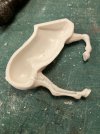
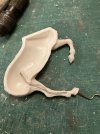
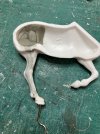
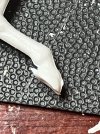
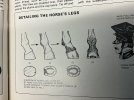
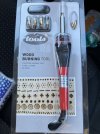
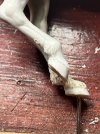
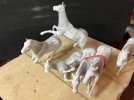
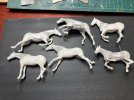
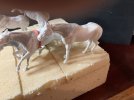
 ). I can't remember whether at a show or in a book but I saw a model where one horse was not touching the ground but was supported by an adjacent horse. Great work so far. Looking forward to the next stage.
). I can't remember whether at a show or in a book but I saw a model where one horse was not touching the ground but was supported by an adjacent horse. Great work so far. Looking forward to the next stage.